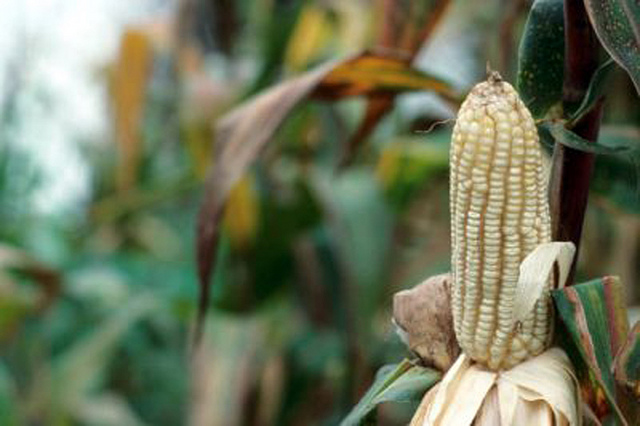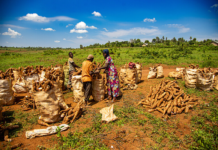Nqobile Bhebhe ,Zimbabwe
AUTHORITIES in Zimbabwe are not disturbed by prospects of a looming drought owing to low yields coupled by outbreaks of deadly army-worms.
They say the country has enough grain from last year’s Command Agriculture bumper harvest.
Last year’s tonnage was the highest yield in two decades.
The year was the best agricultural season in many years when Zimbabwe recorded some of its highest rainfall since independence in 1980.
Farmers and agricultural experts forecast maize production for the 2017/18 agricultural season to drop below last season’s figure of 2, 15 million tonnes.
Reports indicate that about a fifth of maize crops countrywide have been destroyed by armyworm.
According to the Agricultural Technical and Extension Services (Agritex) preliminary assessments, 148 489 hectares out of the total national maize hectarage of 975 913 have been devastated.
“Fall armyworm infestations are hovering around six to 10 percent for most provinces while the national average is 15 percent” Agritex crop expert Rutendo Nhongonhema is quoted as having said.
Armyworm is known to migrate quickly and breed quite fast, with an entire life cycle between 35 and 61 days.
Fall armyworm can be one of the more difficult insect pests to control in field corn.
Late planted fields and late maturing hybrids are more likely to become infested.
Fall armyworm causes serious leaf feeding damage as well as direct injury to the ear.
However, the preliminary assessments don’t seem to worry Agriculture, Lands and Rural Resettlement Minister Chief Air Marshal (Retired) Perrance Shiri.
Shiri acknowledges that in January crops suffered in many parts of the country, “but the impact of the dry spell can only be ascertained once the exercise has been completed. I do not want to speculate, let us await for the Crop Assessment Report.”
However, government has a history of ignoring experts advice on crop situations.
Fewsnet, the US Agency for International Development’s department, said in a report for February that national maize production for 2017/18 period would most likely be below average.
“National maize supply is atypically above-average and is expected to remain so until the end of the current marketing year in March. This is mainly due to high crop production from last season. Significantly above-average national maize carry-over stocks are expected into the next marketing year (2018-19),” Fewsnet said.
It added “After experiencing relatively stable prices during most of the current consumption year, maize grain price increases became notable in late January. This has been attributed to the dryness and anticipated poor harvests. However, maize prices continue to be below last year and the average, a trend that is expected to persist.”
Zimbabwe faced severe drought in 2016 and early 2017 leaving the country reliant on grain imports.
The current prolonged dry spell has trigged a state of panic with talk of looming drought mounting.








